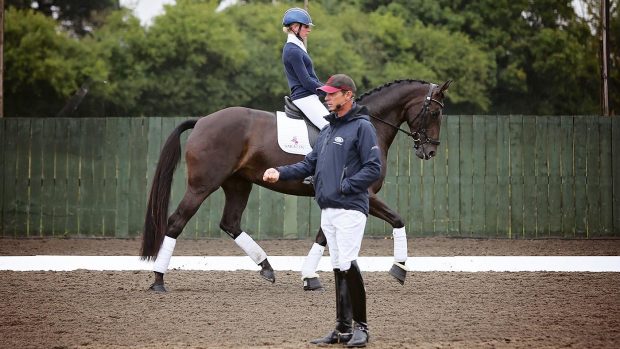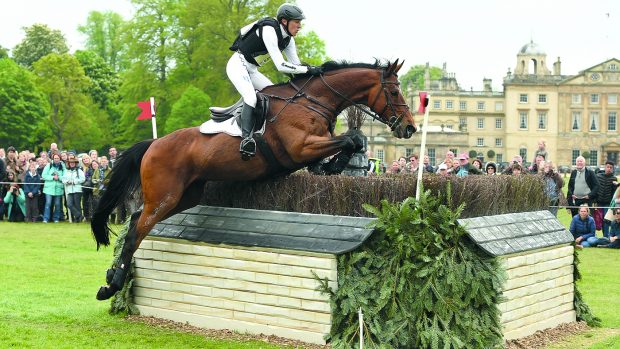AN interactive mechanical dressage horse has been launched that aims to get you riding like Anky van Grunsven without passing your bad habits on to a horse.
The new simulator allows riders to practise movements including passage, piaffe and pirouette up to advanced level.
It was showcased in Australia in November by Racewood — who produced the first racing and polo simulators.
Designer Bill Greenwood told H&H: “It’s so sophisticated, it’s almost like the real thing. Nothing has previously allowed riders to assess their performance in this way.”
There are currently only four Racewood dressage simulators in the world, one of which is at Pant Stables in Aberystwyth.
Stables owner Alwyna Jenkins said: “I bought it after my cousin had a riding accident. It’s good for regaining her confidence and it’s helping her riding style. At over £40,000 it is expensive, but it’s worth it and we will be hiring it out.”
The 15.2hh simulator reacts to the rider’s movements.
It has sensors on its sides to allow the rider to control its movements using their legs; on the saddle, showing how the rider’s weight is distributed and on the head, neck and mouth to measure the amount of contact from the rider. Visual feedback on a screen shows areas that need improvement.
Mr Greenwood added: “Dressage is very precise and the simulator is a stricter teacher than a real horse, which might interpret what you want. It is very uncompromising.”
A spokesman for British Dressage said: “It is innovative in the movements it performs and is an interesting concept. Simulators are useful training aids, particularly for looking at the rider’s position.”
Mr Greenwood also claims it solves a “catch-22” for dressage trainers — a beginner teaching a horse bad habits.
But top trainers Jennie Loriston Clarke and Pammy Hutton warned that although simulators are beneficial, they are in no way an adequate replacement for the real thing.
“It sounds a very good tool and I’m sure it would save many horses from being badly ridden but it doesn’t give you the unpredictability of a horse,” said Ms Loriston Clarke. “Horses react differently in different situations and you can’t simulate that.”
Ms Hutton added: “A live animal is completely different to a machine. You need to learn how to ‘feel’ and how to understand a horse — such as by watching their ears to see where their eyes are going.”
Visit: www.racewood.com
This news story was first published in Horse & Hound (15 January, ’09)



